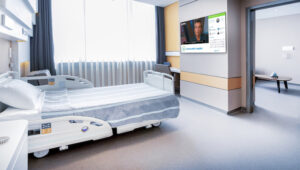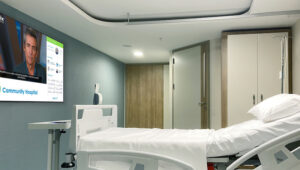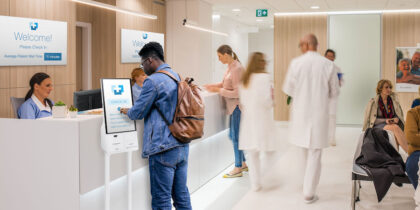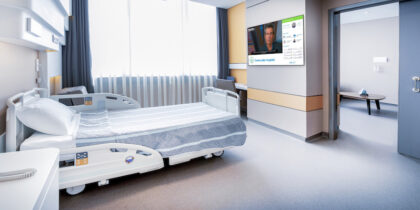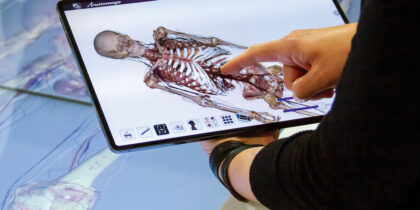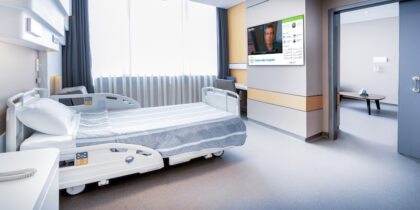Healthcare isn’t all fun and games, but remote patient monitoring could be. Modern medical providers are looking to technology for new ways to boost patient engagement in healthcare, track patient progress between visits and achieve better health outcomes. And some fun and games might be just what the doctor ordered.
Organizations across industries are now experimenting with gamification to motivate behavior change — whether it’s getting customers to use a certain brand, spend more money, or in the case of healthcare, take better care of themselves and share key health data with care providers.
Simply put, gamification in healthcare isn’t just about patient entertainment. It’s a way to incentivize patients to learn about their health, to inspire lasting behavior change and to make remote patient monitoring more fun.
From Gamers to Model Patients
To boost patient engagement in healthcare, why not use a form of media that consumers already find engaging — mobile gaming?
Gaming will be a $99.6 billion industry in 2016, up 8.5 percent from 2015, according to Newzoo’s quarterly Global Games Market Report. And mobile gaming accounts for 21.3 percent ($36.9 billion) of that revenue.
And it’s not just kids gaming for hours each week. According to Accenture’s report, “Why gamification is serious business,” 37 percent of U.S. gamers are older than 35. And in both the U.K. and the U.S., adult social gamers — those who play games with strong social elements — are the largest group of players on mobile devices.
Accenture highlights seven key elements behind gamification: status, milestones, competition, rankings, social connectedness, immersion reality and personalization.
These elements make games entertaining and emotionally rewarding, and keep players coming back for more. The same strategies might also motivate patients to become more engaged in their own healthcare, and to communicate more effectively with care providers via remote patient monitoring programs.
From Self-Monitoring to Remote Patient Monitoring
The gamification approach to healthcare — which TechTarget defines as “mixing self-monitoring and entertainment” — is still in its early days. But the trend is quickly growing in popularity as developers create apps designed to promote patient engagement, education and healthy behavior change.
For example, the Gym Pact mobile app lets players win or lose actual money depending on whether they meet their physical fitness goals. The app requires users to set personal goals and then choose an amount of money they’re willing to lose if they fail to keep their commitments. Players who do follow through win small amounts of money from a pool of funds created when others lose. On the pediatric side, there are games like Monster Manor, which rewards young patients with Type 1 diabetes for taking insulin, tracking blood glucose levels and sharing that data with parents via the app.
These solutions are a great way for individuals and families to take greater responsibility for their own health. But gamification also has the potential to enhance doctor-patient communication by moving from a self-monitoring approach to remote patient monitoring.
That shift could be as simple as looping healthcare providers in to the game. For example, Cohero Health’s Asthma Hero app helps young asthmatic patients remember to use their inhalers as scheduled. The mobile app connects to a Bluetooth sensor that’s attached to the inhaler with a strap, and tracks when medication was administered and whether it was taken properly. Not only do patients and their parents have access to this data, but pediatricians can get a full report as well.
But giving care providers access to consumer apps isn’t the endgame for gamification in healthcare. The next logical step is to create solutions that gamify robust remote patient monitoring platforms. For example, the National Institute for Health Research in the U.K. is currently conducting trials on a physical therapy solution that combines gamification with remote monitoring for patients who are recovering from shoulder surgery.
As this and other remote patient monitoring games begin to enter the market, recovering from surgery or managing a chronic disease will become more fun for patients. And doctors will have a new way to engage, educate, monitor and treat the patients who need them most.
Read about more ways that hospitals are blending entertainment and education to enhance the patient experience.

